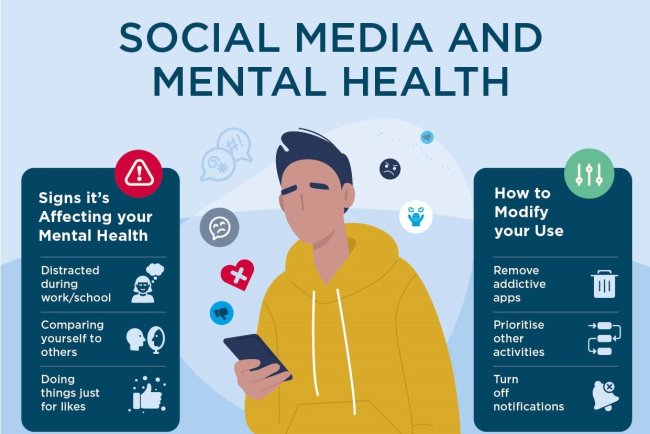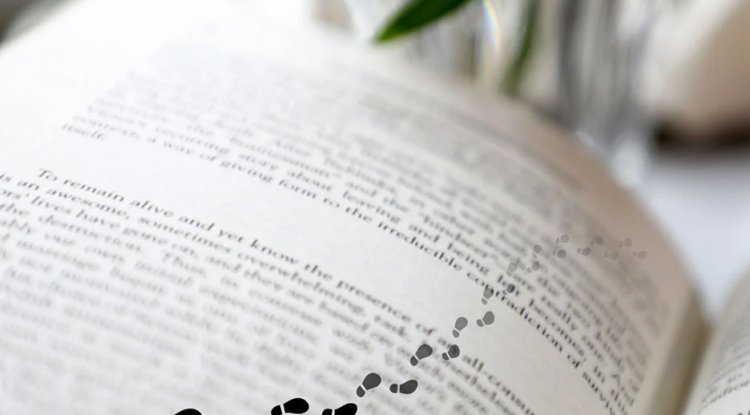Mindfulness in 2025: How to Start Your Year with Mental Clarity
As we enter 2025, it’s the perfect time to focus on mental clarity, emotional balance, and well-being. With life becoming more fast-paced, we often find ourselves overwhelmed by stress, distractions, and negative thoughts. Mindfulness, the practice of being fully present and aware in the moment, can be a powerful tool for gaining mental clarity and improving overall well-being. This year, why not make mindfulness a priority?, we’ll explore how mindfulness can help you start 2025 with a calm and clear mind, and provide actionable steps to incorporate it into your daily routine.

What is Mindfulness?
Mindfulness is the practice of being present in the moment, without judgment or distraction. It involves paying attention to your thoughts, feelings, and physical sensations in a non-reactive way. By practicing mindfulness, you can better manage stress, enhance your emotional health, and improve your overall quality of life. It’s not about achieving a particular state of mind but rather becoming aware of the present moment and accepting it as it is.
Why Mindfulness Matters for Mental Clarity
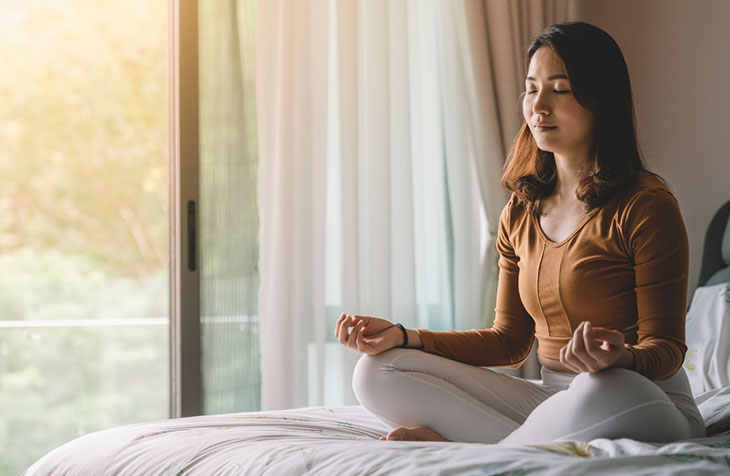
In our modern world, we’re often caught up in the hustle and bustle of daily life. We juggle work, relationships, social media, and personal responsibilities, leaving little time to simply be present. This constant multitasking can lead to feelings of overwhelm, anxiety, and even burnout.
Mindfulness helps you cut through the mental clutter and focus on what truly matters. It allows you to clear your mind, reduce stress, and regain focus. When practiced consistently, mindfulness can lead to improved emotional regulation, increased patience, and a greater sense of inner peace—essential for maintaining mental clarity in 2025.
How to Start Your Year with Mindfulness
If you’re new to mindfulness or looking to deepen your practice in 2025, here are some simple ways to get started:
1. Set Intentions for the Year
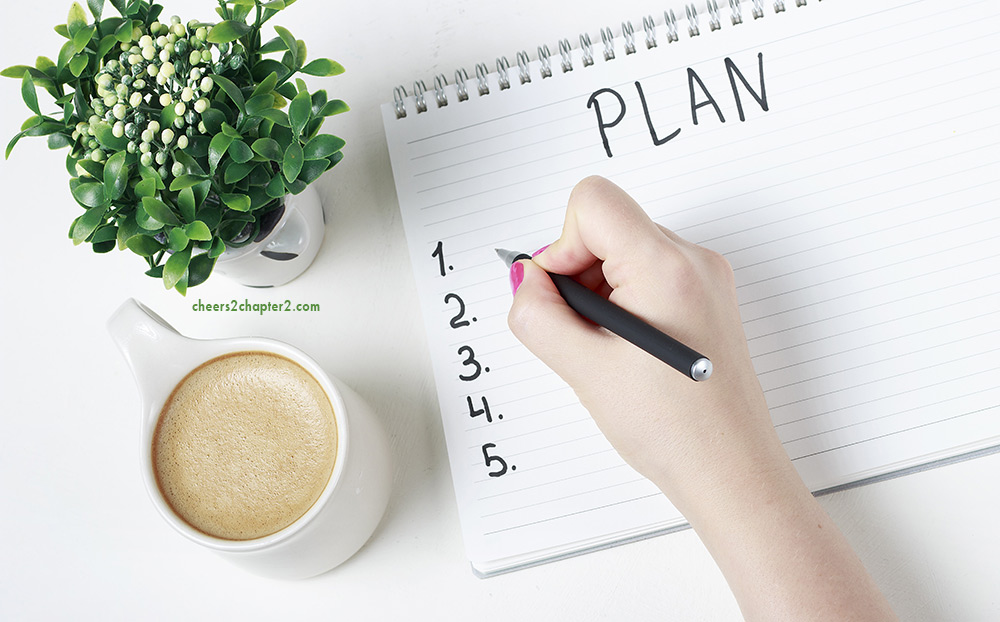
Instead of making resolutions, set intentions for 2025 that focus on cultivating mindfulness and mental clarity. These intentions could include:
Practicing mindfulness for 10 minutes each day
Reducing negative self-talk and focusing on self-compassion
Setting boundaries to protect your mental space
Embracing patience and acceptance in your daily interactions
By setting these intentions, you can make mindfulness a natural part of your routine and create space for mental clarity throughout the year.
2. Start with Short Mindfulness Practices

Mindfulness doesn’t require hours of practice to be effective. If you're new to the practice, start small by dedicating just 5 to 10 minutes each day to mindfulness exercises. You can:
Practice mindful breathing: Sit in a quiet space and focus on your breath, inhaling deeply through your nose and exhaling slowly through your mouth. Bring your attention to the sensation of the air entering and leaving your body.
Engage in mindful listening: Take a moment to focus on the sounds around you without judgment or interpretation. This could be the hum of your computer, birds chirping outside, or even the sound of your own heartbeat.
These short exercises can help you reset and cultivate a sense of calm at any point during the day.
3. Incorporate Mindfulness into Everyday Activities

Mindfulness doesn’t have to be confined to a meditation cushion. You can practice mindfulness during everyday activities, such as eating, walking, or even doing the dishes. Simply focus on the present moment and bring awareness to the sensations in your body. For example:
Mindful eating: Pay attention to the colors, textures, and flavors of your food. Chew slowly and savor each bite, noticing how the food makes you feel.
Mindful walking: Whether you're walking to work or taking a break outside, focus on each step and the sensation of your feet touching the ground. Let go of distractions and immerse yourself in the movement.
By bringing mindfulness into everyday tasks, you make it a more natural and integrated part of your life.
4. Use Guided Mindfulness Meditation
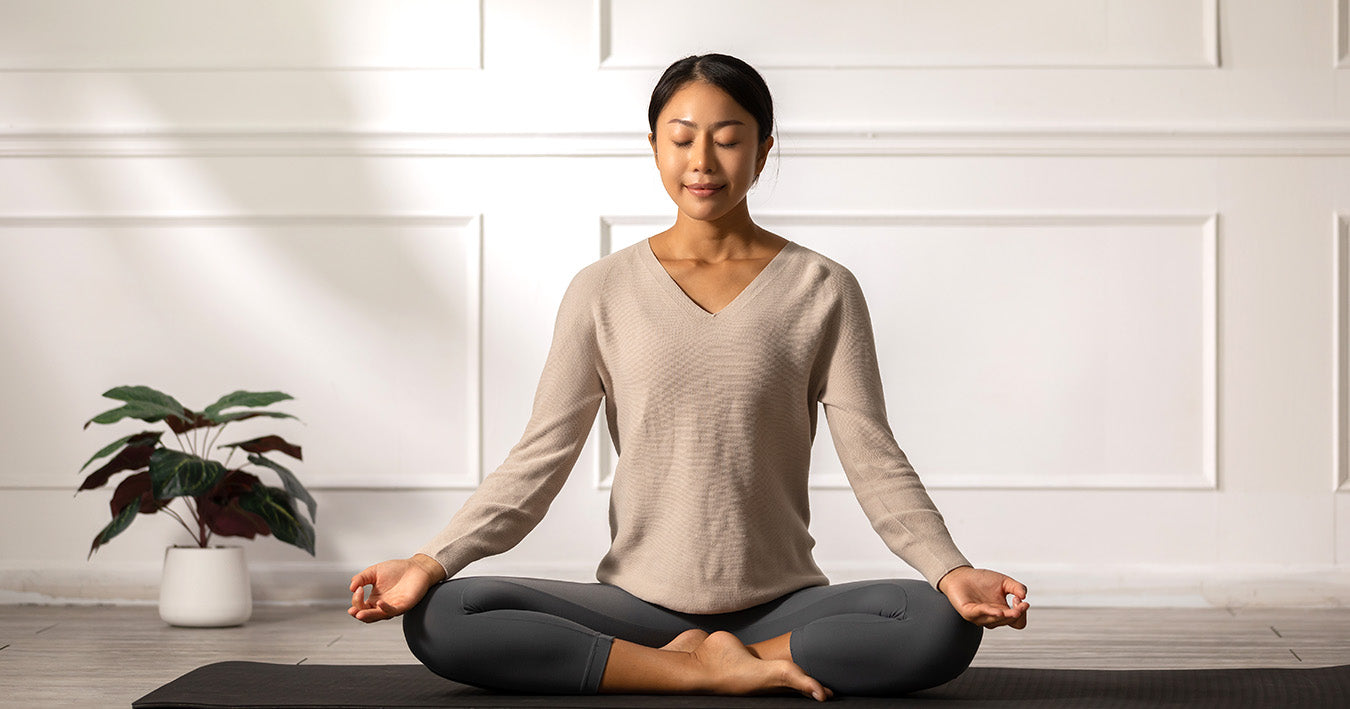
If you find it challenging to practice mindfulness on your own, guided meditation can be a helpful tool. There are many apps and resources available that provide guided mindfulness sessions, ranging from a few minutes to longer meditations. Some popular apps include:
Headspace: Offers guided meditations for stress reduction, sleep, and clarity.
Calm: Provides mindfulness practices as well as relaxation exercises and sleep stories.
Insight Timer: A free app that features a wide variety of guided meditations from experienced teachers.
These resources can help you establish a consistent practice and provide structure to your mindfulness routine.
5. Practice Gratitude for Mental Clarity

Gratitude is an essential component of mindfulness, as it helps shift your focus from what’s lacking in your life to what’s already abundant. By regularly practicing gratitude, you can enhance your mental clarity and boost your overall mood. Consider starting a gratitude journal in 2025 where you jot down three things you're grateful for each day. These can be simple moments or larger achievements, and over time, they will help you cultivate a more positive, mindful perspective on life.
6. Reduce Digital Distractions

In the age of smartphones and constant notifications, it can be difficult to stay focused and present. One of the most impactful ways to improve mindfulness and mental clarity is to reduce digital distractions. Set boundaries around screen time, such as:
Turning off notifications: Limit notifications on your phone or set designated times for checking emails or social media.
Creating screen-free zones: Establish areas in your home or workplace where you don’t use digital devices, such as during meals or right before bed.
Practicing a digital detox: Dedicate one day a week or a few hours each day to disconnect from technology and fully engage in the present moment.
By reducing digital noise, you create space for mindfulness to flourish.
The Long-Term Benefits of Mindfulness for Mental Clarity
Mindfulness is not a quick fix; it’s a lifelong practice that can lead to lasting benefits for mental clarity. Over time, you may notice:
Reduced stress and anxiety: Mindfulness helps you manage stress by allowing you to respond to situations rather than react impulsively.
Improved focus and concentration: Regular mindfulness practice enhances your ability to focus on tasks and avoid distractions.
Enhanced emotional intelligence: Mindfulness helps you become more aware of your emotions, making it easier to navigate difficult situations with calm and understanding.
Increased resilience: By developing a mindfulness practice, you strengthen your ability to cope with challenges and maintain a positive outlook on life.
Conclusion: Start 2025 with a Clear, Focused Mind
As you step into 2025, mindfulness can help you gain the mental clarity and emotional balance you need to tackle the year ahead with confidence. By practicing mindfulness regularly, you’ll reduce stress, increase focus, and nurture your overall well-being. Whether you’re new to mindfulness or an experienced practitioner, the key is consistency. Start small, stay committed, and watch as your mind becomes clearer, calmer, and more focused as the year unfolds.
Make mindfulness your priority in 2025, and embrace the power of the present moment to create the mental clarity and peace you deserve.
What's Your Reaction?









